Product Description
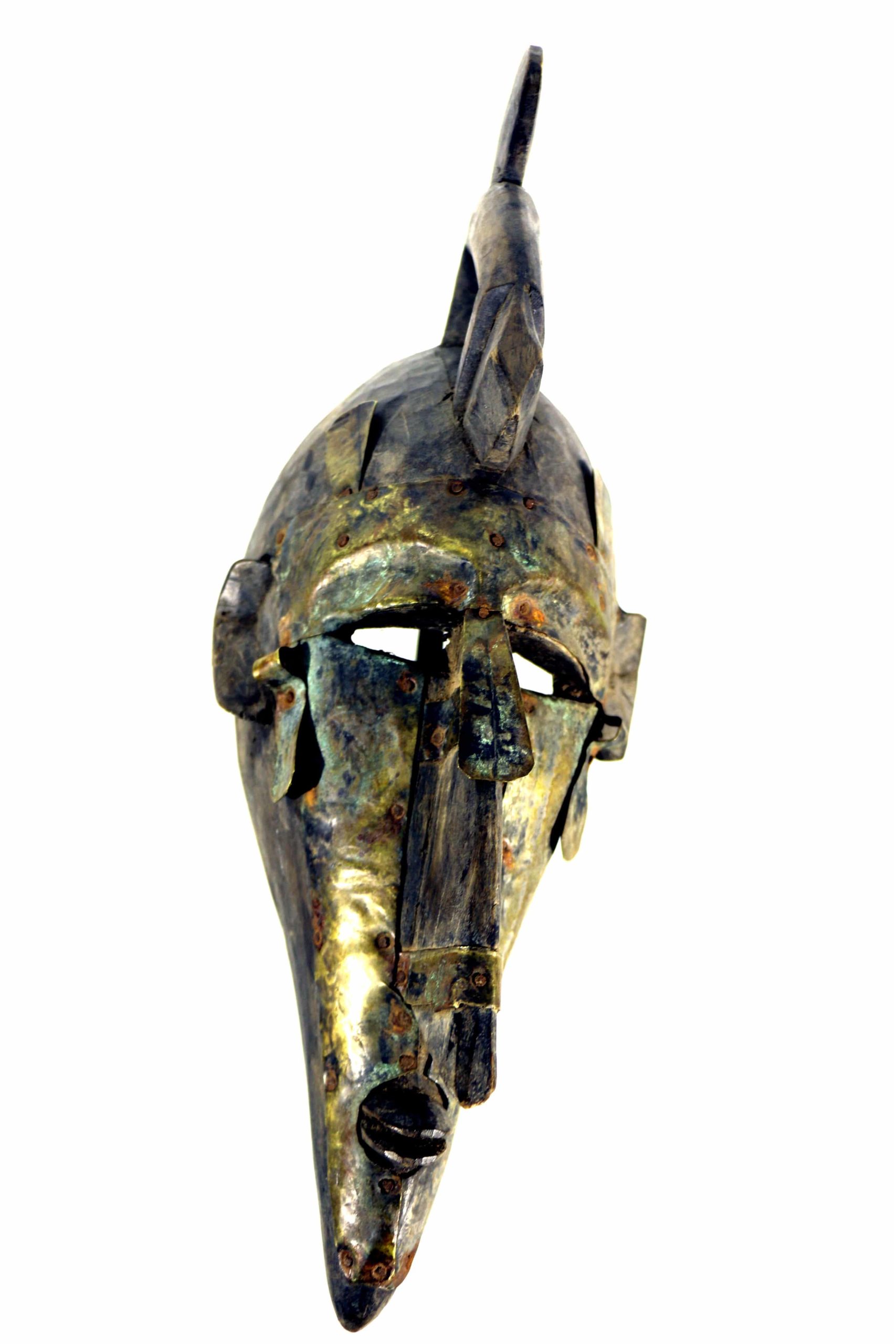
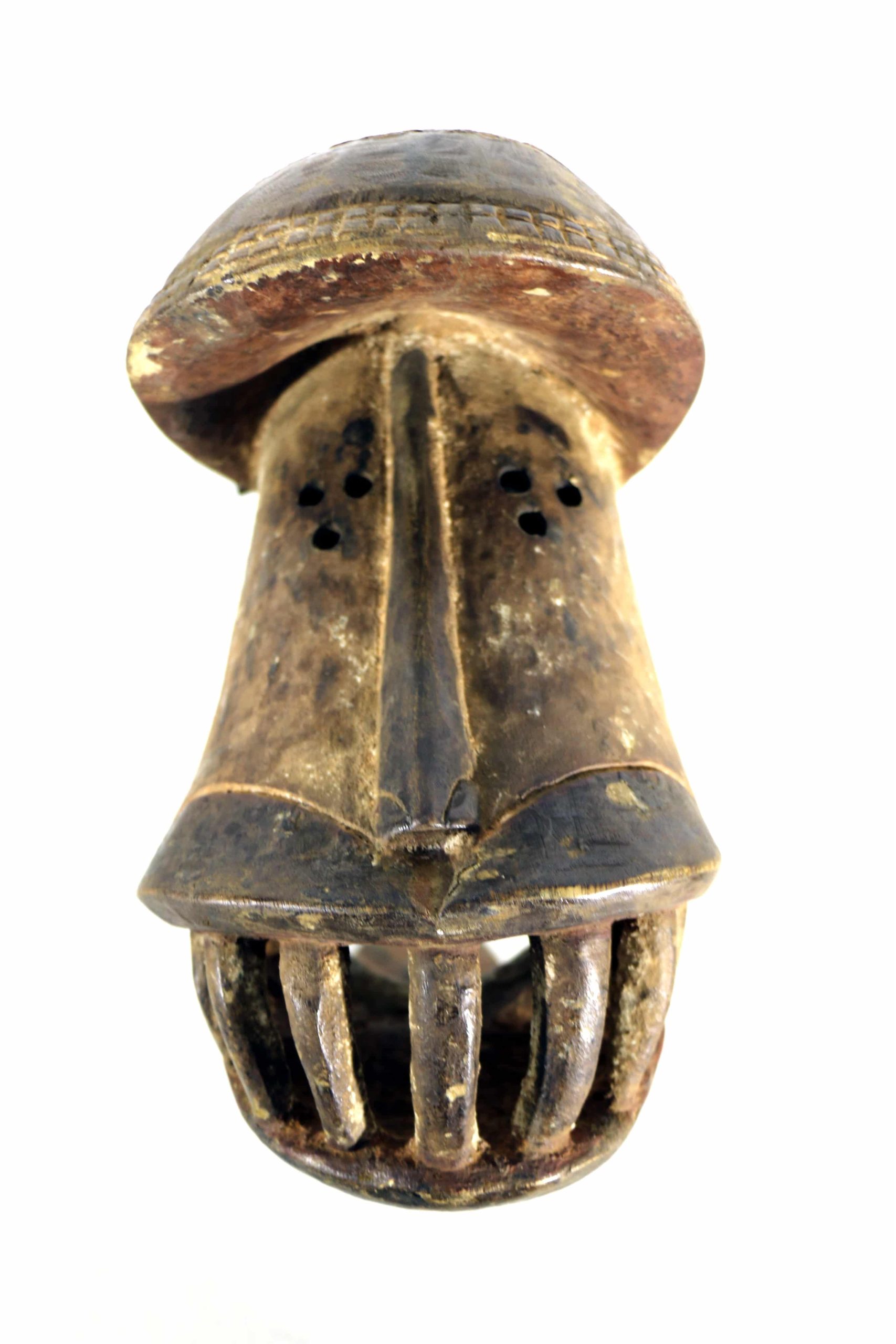
Kore Hyena Mask Bambara – Mali
This Suruku Hyena mask, belong to the 6th class of the society of the Bambara Korah; with Dark brown patina, it is simple but yet very harmonious, and an exceptional piece for your collection. It originates from Mali, located in the administrative districts of Bandiagara and Douentza, Mopti region. Lots of power.
Made of 100% wood.
Model is W 46 – H 23 and weight 3 kg.
Description
This Suruku Hyena mask, belong to the 6th class of the society of the Bambara Korah; with Dark brown patina, it is simple but yet very harmonious, and an exceptional piece for your collection. It originates from Mali, located in the administrative districts of Bandiagara and Douentza, Mopti region. Lots of power – It exudes strength, supernatural intelligence, vigilance, and continued vitality, flair and vision of things right, thirst for knowledge and words. The hyena mask parody the scientist who fights against human stupidity, which spares no one, even the most powerful in the world. This particular mask has a huge mouth and one finds the classic features of the head of the mythical hyena overly enhanced: bulging forehead, two very large ears, long nose, huge eyes, mouth slightly open or jaw wide open, as is the case here. These features are meant to symbolize the supernatural intelligence, alertness and vitality, flair and vision of things and finally sharpened appetite for learning of knowledge.
There are nearly eighty styles of Dogon masks, and for the most part, they all utilize the use of various geometric shapes in their design, independent of the various animals they are supposed to represent. Most masks have large geometric eyes and stylized features and are often painted or colored with various. The better known Kanaga and sirige masks are followed in the dama ceremony by masks that evoke the behavior of some of the animals that inhabit the regions where the Dogon live and hunt. They include among others – antelopes, hares, lions, hyenas, cows, birds and monkeys.
The Dogon an ethnic group are mainly located in the administrative districts of Bandiagara and Douentza in Mali, West Africa. The precise origins of the Dogon people, like those of many other ancient cultures, are not yet determined. Their civilization emerged, in much the same way as ancient Egypt. Around 1490 AD the Dogon people migrated to the Bandiagara cliffs of central Mali. There are approximately 700 Dogon villages, with an average of 400 inhabitants. The tribe’s folk call themselves ‘Dogon’ or ‘Dogom’, but in the older literature they are most often called ‘Habe’, a Fulbe meaning ‘stranger’.
Additional information
| Weight | 3 kg |
|---|---|
| Dimensions | 46 × 23 cm |
| Color | |
| Material |
Leave a reply Cancel reply
Returns and Exchanges
There are a few important things to keep in mind when returning a product you purchased.You can return unwanted items by post within 7 working days of receipt of your goods.
- You have 14 calendar days to return an item from the date you received it.
- Only items that have been purchased directly from Us.
- Please ensure that the item you are returning is repackaged with all elements.
Ship your item back to Us
Firstly Print and return this Returns Form to:
30 South Park Avenue, San Francisco, CA 94108, USA
Please remember to ensure that the item you are returning is repackaged with all elements.
For more information, view our full Returns and Exchanges information.


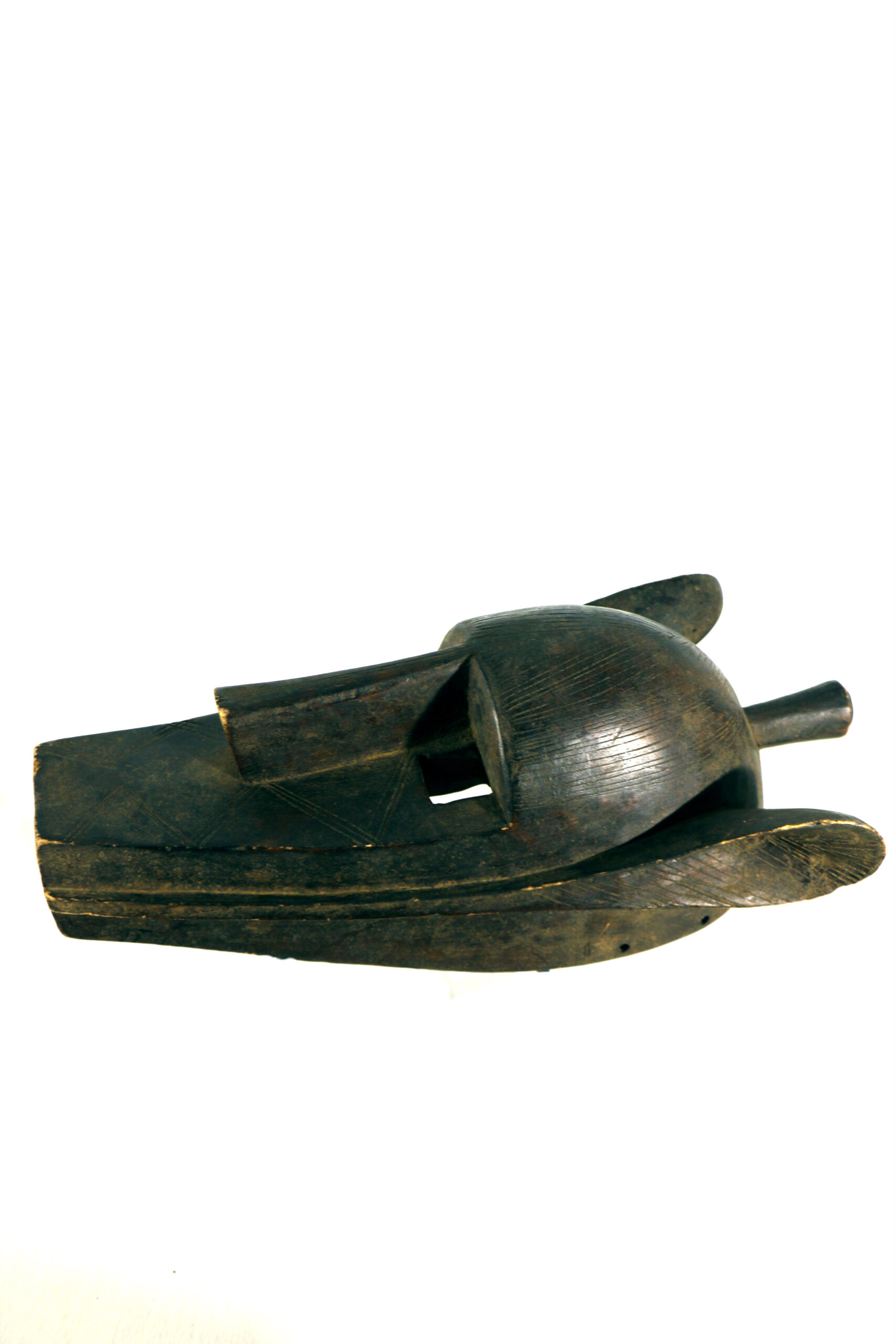


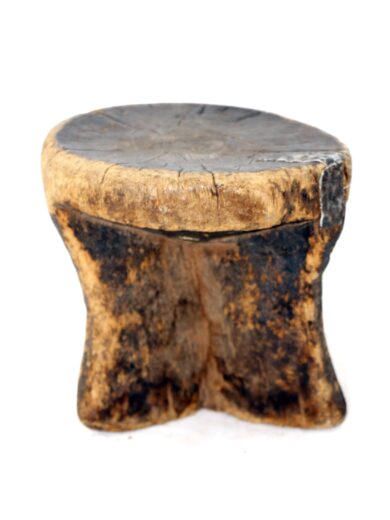
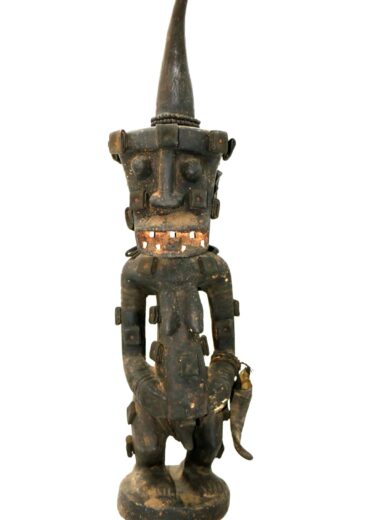
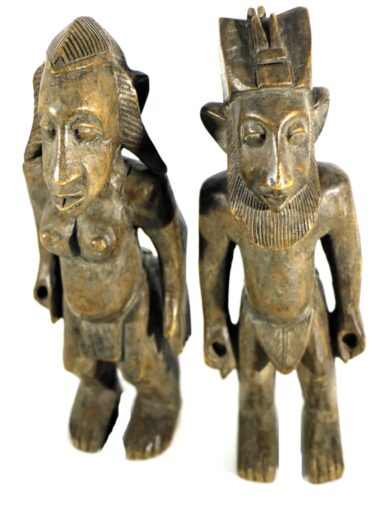

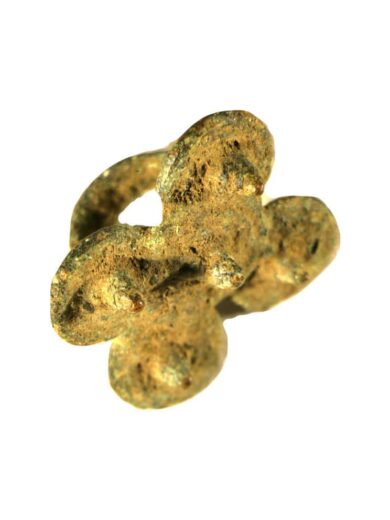
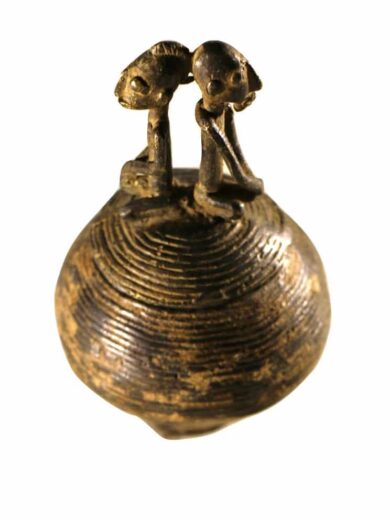
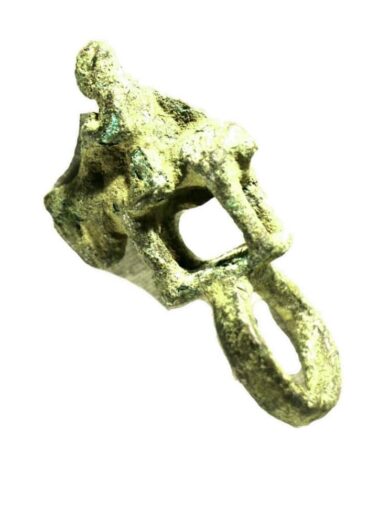

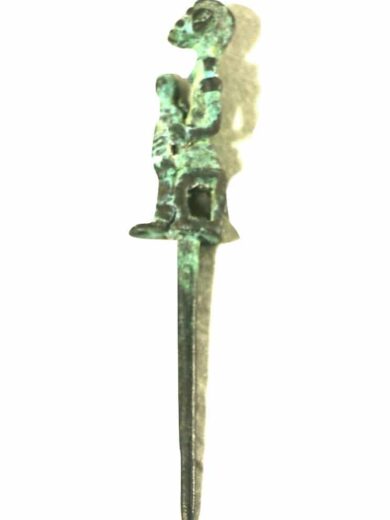
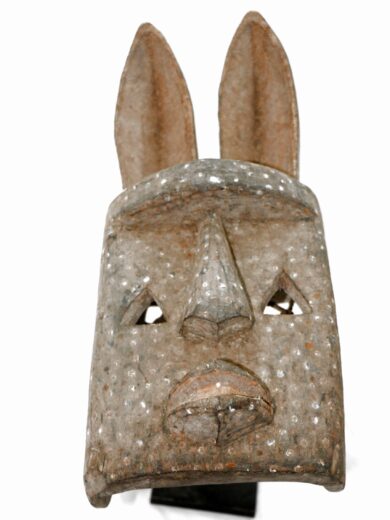


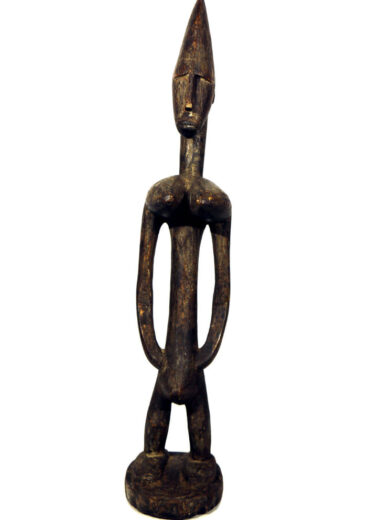

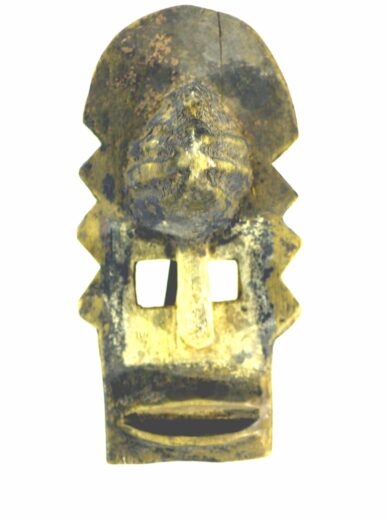
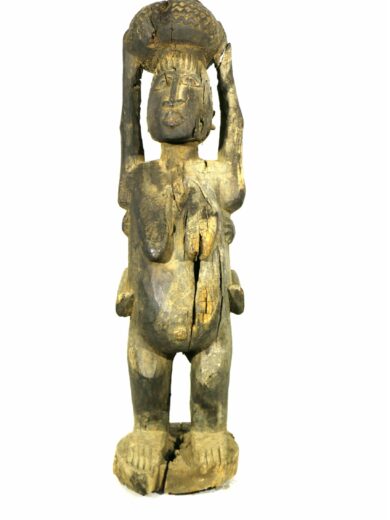
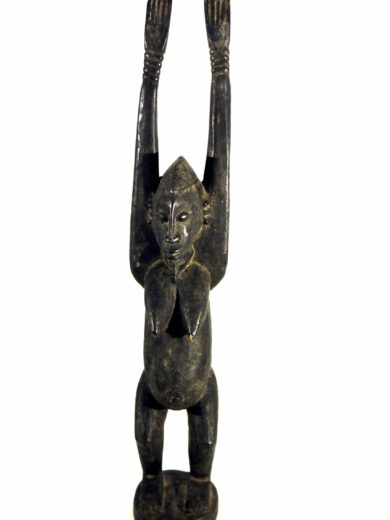
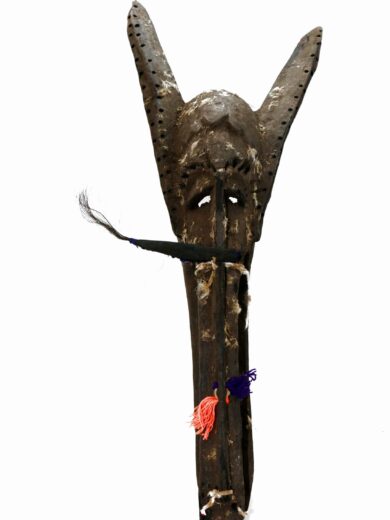
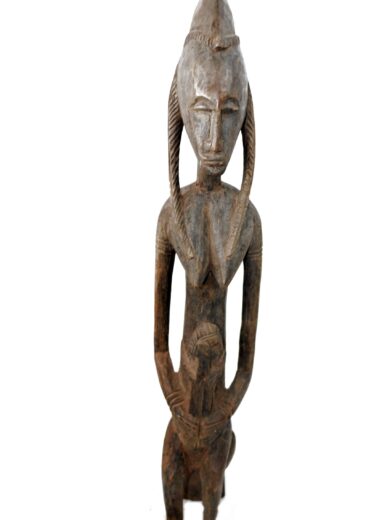
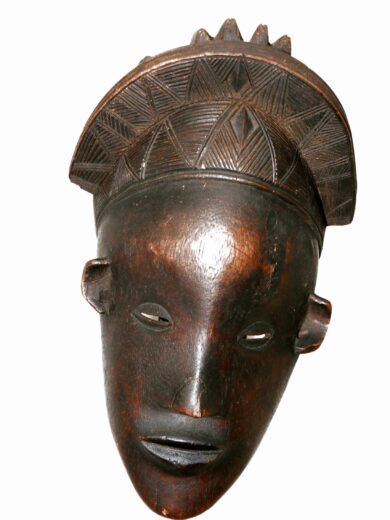
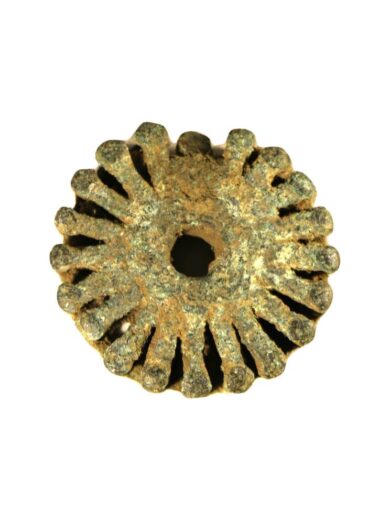

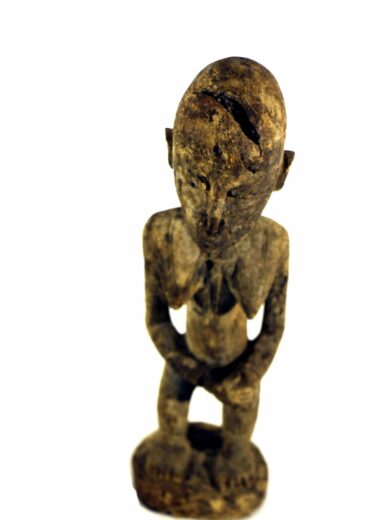

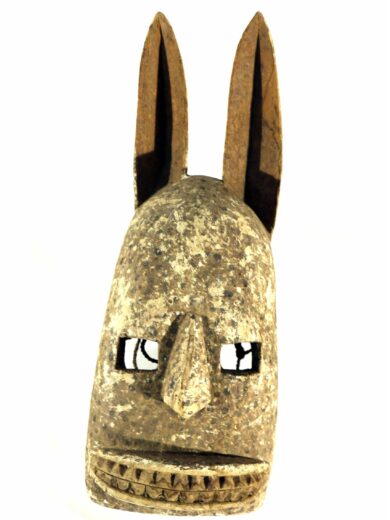

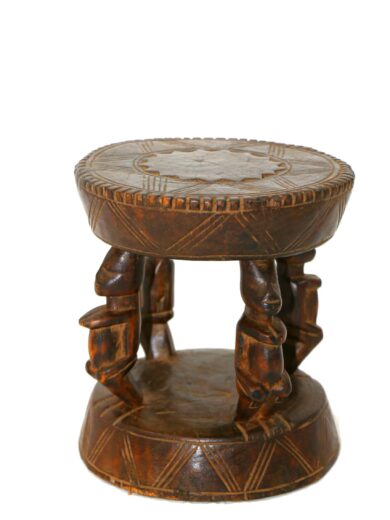
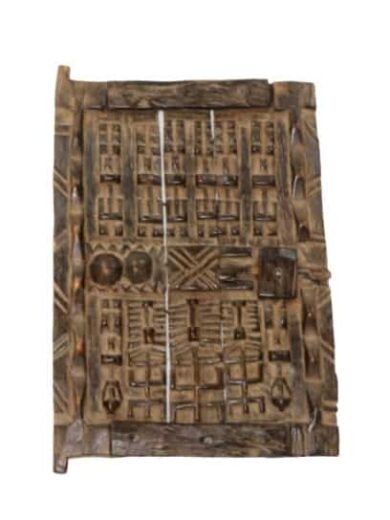
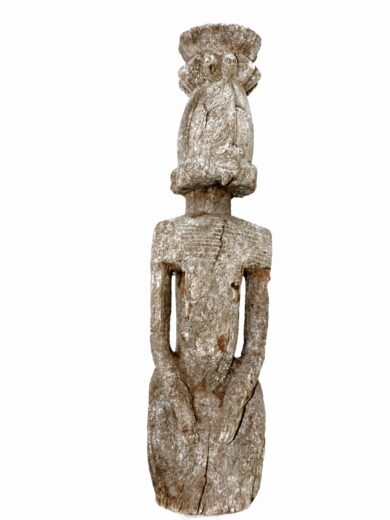
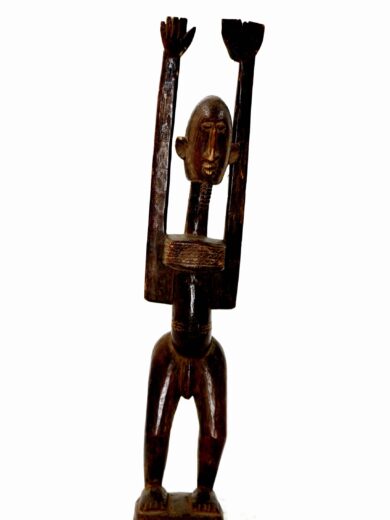
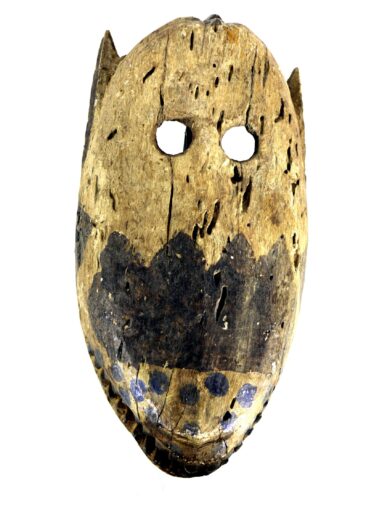
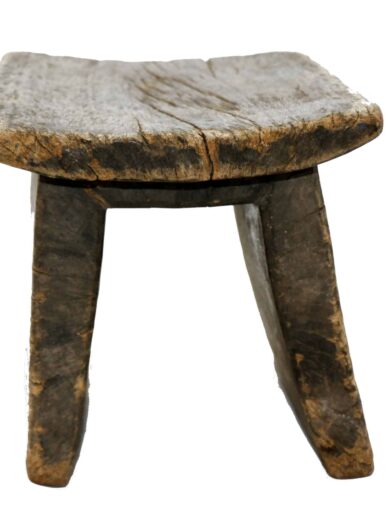
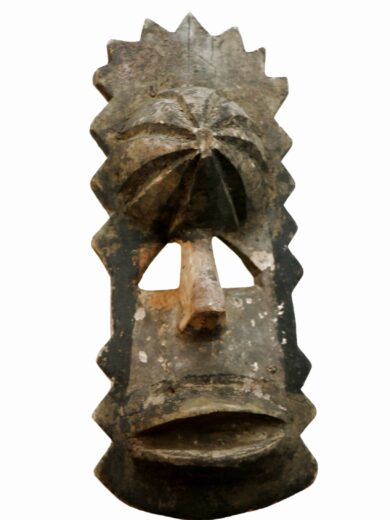
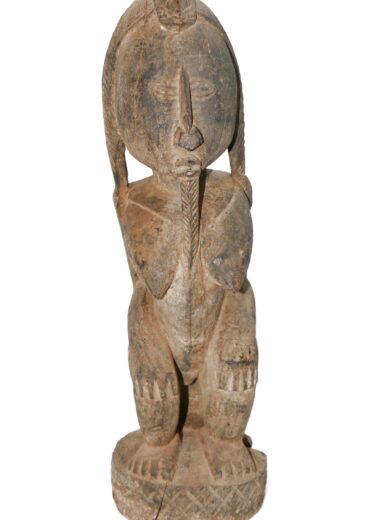
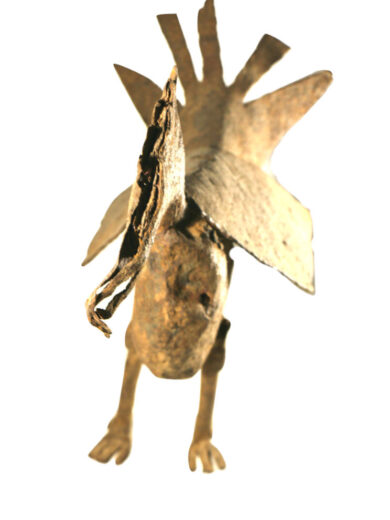
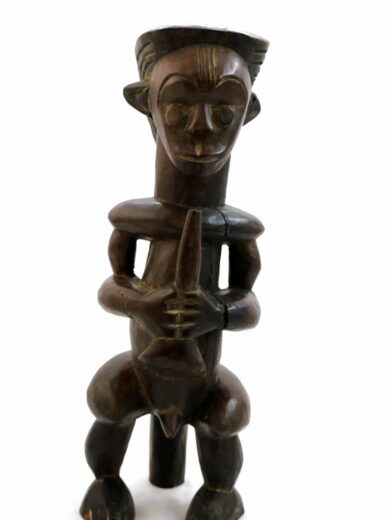
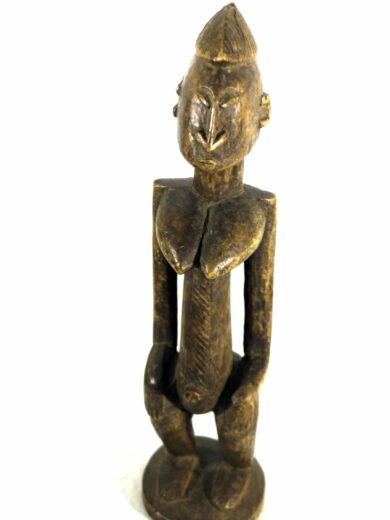
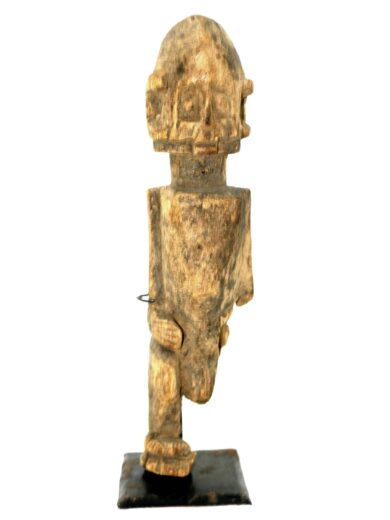
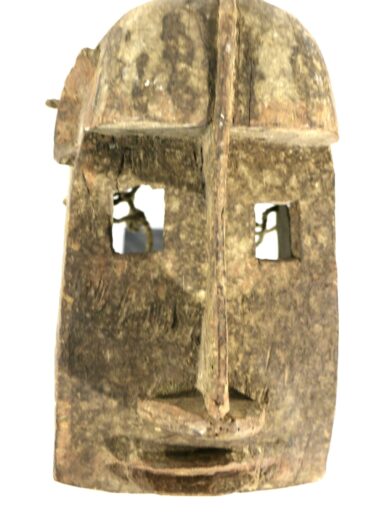
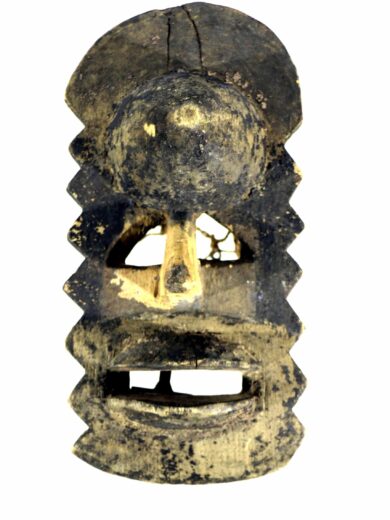


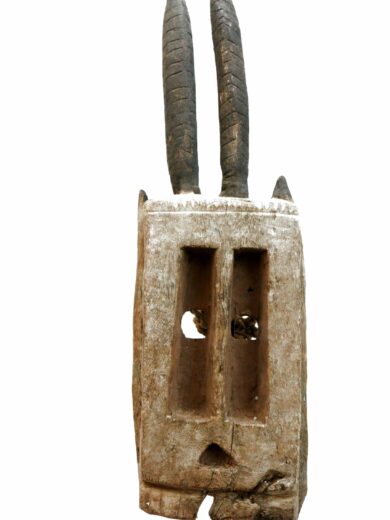


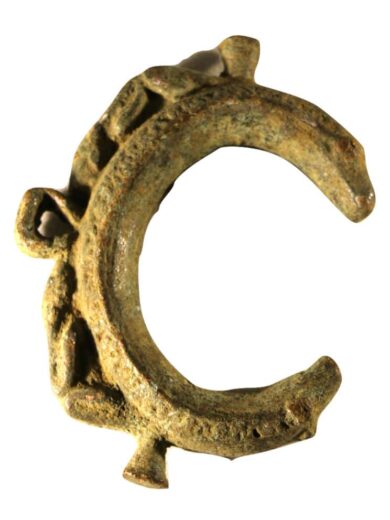
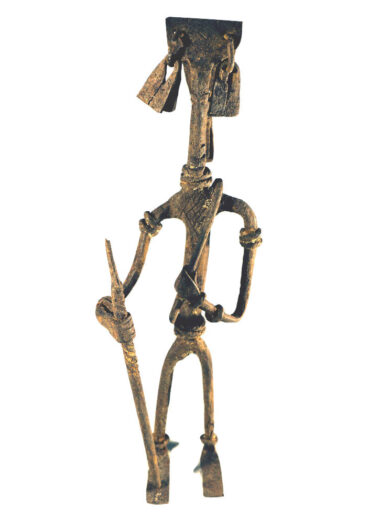
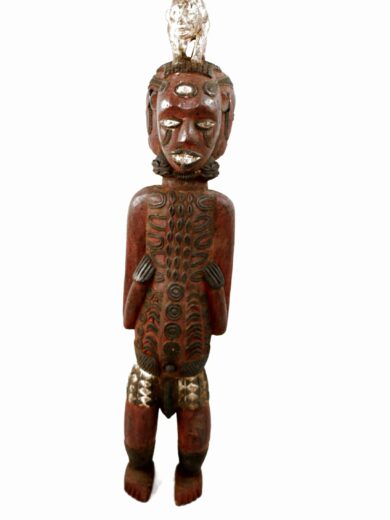
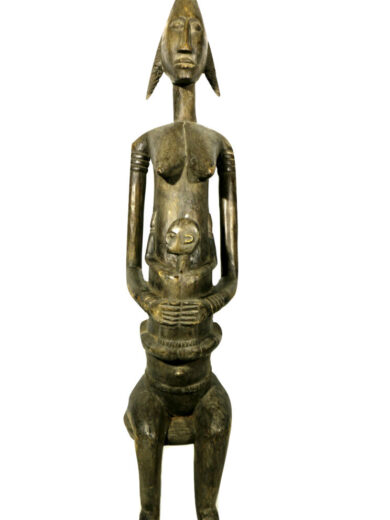

Reviews
There are no reviews yet.